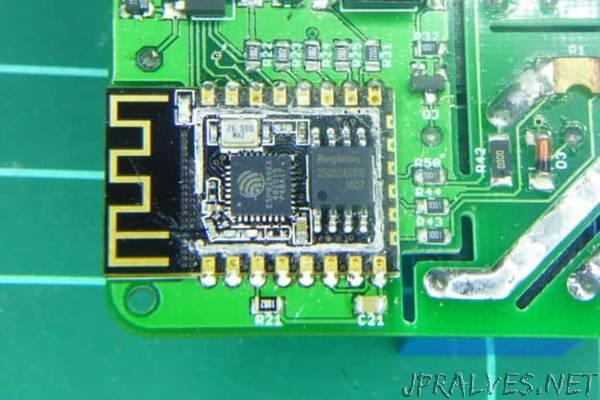
“The Arduino Core for ESP8266 and ESP32 uses one SPI flash memory sector to emulate an EEPROM. When you initialize the EEPROM object (calling begin) it reads the contents of the sector into a memory buffer. Reading a writing is done over that in-memory buffer. Whenever you call commit it write the contents back to the flash sector.
Due to the nature of this flash memory (NOR) a full sector erase must be done prior to write any new data. If a power failure (intended or not) happens during this process the sector data is lost.
Also, writing data to a NOR memory can be done byte by byte but only to change a 1 to a 0. The only way to turn 0s to 1s is to perform a sector erase which turns all memory positions in that sector to 1. But sector erasing must be done in full sectors, thus wearing out the flash memory faster.
How can we overcome these problems?
EEPROM rotation
These days I’ve been working on a standalone library that wraps the stock EEPROM library and does “sector rotation“. Using more than one sector (a sector pool) to store data and keeping track of the one with the latest valid information.
The library overwrites two methods of the original one: begin and commit. The begin method will load the data from all the sectors in the sector pool one after the other trying to figure out which one has the latest valid information. To do this it checks two values:
A 2-bytes CRC
A 1-byte auto-increment number
These values are stored in a certain position in the sector (at the very beginning by default but the user can choose another position with the offset method).
The CRC is calculated based on the contents of the sector (except for those special 3 bytes). If the calculated CRC matches that stored in the sector then the library checks the auto-increment and selects the sector with the most recent number (taking overflows into account, of course).
Those special values are stored by the overwritten commit method prior to the actual commit.
With every commit, the library will hop to the next sector. This way, in case of a power failure in the middle of a commit, the CRC for that sector will fail and the library will use the data in the latest known-good sector.”
